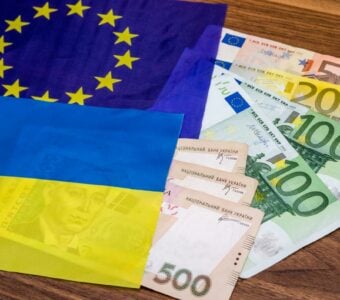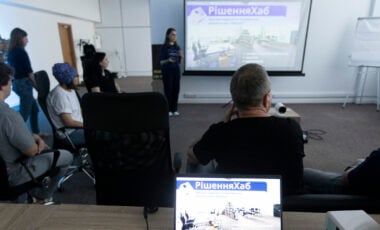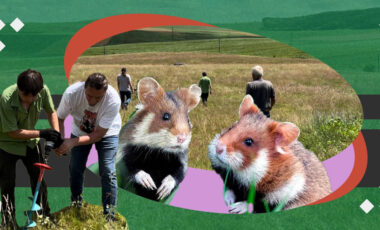Ecocide and consequences of Kakhovka dam explosion: scientists present new forecasts
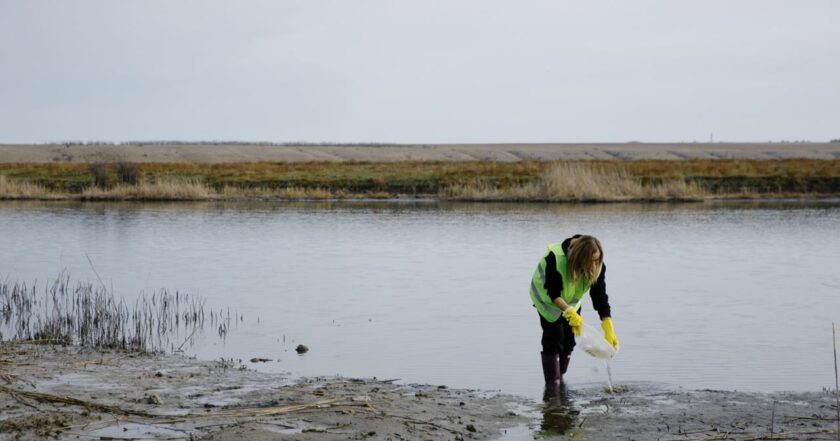
The world community marks the International Day for the Prevention of Exploitation of the Environment during War and Armed Conflict on November 6.
The UN General Assembly established this day in November 2001. When making this decision, the UN General Assembly stressed that the damage caused to the environment during armed conflicts leads to the deterioration of ecosystems and natural resources for a long period after the end of conflicts and often affects not only one state or current generation.
What is the problem?
"On June 6, 2023, one of the largest ecological and man-made disasters in Ukraine and Europe happened — the explosion of the Kakhovka Hydroelectric Power Plant (HPP)," said Yulia Markhel, the leader of the country's largest eco-movement, Let's Do It Ukraine. "This eco-crime entailed a huge number of dangerous consequences. People, forests, flora, and fauna were affected; the current washed away many garbage dumps, animal corpses, and sewage. All of this poses a threat to our environment, as well as human life and health. To create a plan for environmental recovery, we need to understand the real state of ecosystems. Recovery will take decades. Only together can we restore our ecosystems."
The Ecozagroza website estimated the consequences of Russia's war on the environment:
- destroyed equipment turned into 703,453 tons of waste and led to 70,243 tons of emissions into the atmosphere
- the mass of pollutants entered water bodies of over 1,600,000 tons
- 587,691 square meters of soil are contaminated
Consequences of the Kakhovka HPP and dam blow-up:
- ₴146.4 billion is the estimated amount of environmental damage
- 80 towns were affected by the flood
- Five settlements were flooded
- 63,447 hectares of forests were flooded and partially destroyed
What is the solution?
On the initiative of eco-activist Yulia Markhel and with the support of the Ukrainian Scientific Center for Marine Ecology, studies were conducted to analyze the state of water bodies after the explosion of the Kakhovka HPP.
How does it work?
The first samples were taken almost immediately after the disaster — on June 15, 2023, in Mykolaiv and Kherson regions. The next environmental mission took place in July. The first results showed completely disappointing forecasts. The same pollution structure was shown starting from the Dnipro River near the city of Kherson, in the Dnipro-Buzka estuary, and in the Black Sea near the city of Ochakiv and Odesa Bay. At all these stations, the content of petroleum products, toxic metals (zinc, cadmium, arsenic), and chlorine-organic compounds exceeds the maximum permissible concentrations.
"Metals such as zinc and cadmium are toxic to many species of aquatic organisms, especially at high concentration levels. They can affect reproduction, growth, and other biological processes in marine organisms," said Viktor Komorin, director of UkrNTSEM. "Even though certain species can tolerate high levels of copper and zinc, these metals can accumulate in the food chain, leading to even higher concentrations in organisms higher up the food chain, such as marine mammals or humans. People who eat seafood or drink water containing high levels of copper or zinc can suffer health problems, particularly problems with the liver, heart, kidneys, or nervous system. Some organochlorine substances have a decay period of 10-20 years. That is, they can stay in the ecosystem for many years."
On November 2, 2023, the third sampling of water, bottom sediments, and wells took place in the South of Ukraine to study the consequences of the Kakhovka explosion. Eco-activist volunteers from Let's Do It Ukraine conducted a study to analyze the state of water bodies. The samples were taken in the well and reservoirs of the Snihurivka community of the Mykolaiv region: the city of Snihurivka, village of Afanasiivka, which was badly affected by flooding. Volunteers also managed to take samples in the Ochakiv community, villages of Radisnyi Sad and Luparevo in the Mykolaiv region, and Kherson, the village of Belozirka, and the village of Sofiivka in the Kherson region.
Most of the points are on the front line, so access to them is not always possible, and volunteers have to risk their lives. However, thanks to the courage and responsibility of the eco-activists of Let's Do It Ukraine, the study received material from almost all the necessary points for conducting an effective and objective analysis. On the same day, the selected samples were promptly delivered to the Ukrainian Scientific Center for Marine Ecology for further processing.
"We had 13 settlements flooded in the community; we evacuated more than 600 people. Regarding the state of water, at first, there was a ban on water use, even for technical purposes. Now, the ban has been lifted, but we will know the real state of water only after research. This is extremely important because the state of the environment affects our health and life," said the head of the Snihurivka city military administration, Ivan Kukhta.
The selected samples make it possible to analyze the toxic pollution that entered the Black Sea due to the dam's explosion. The research results will also be used as part of criminal proceedings conducted by the Specialized Environmental Prosecutor's Office of Ukraine and the Main Investigative Department of the Security Service of Ukraine.
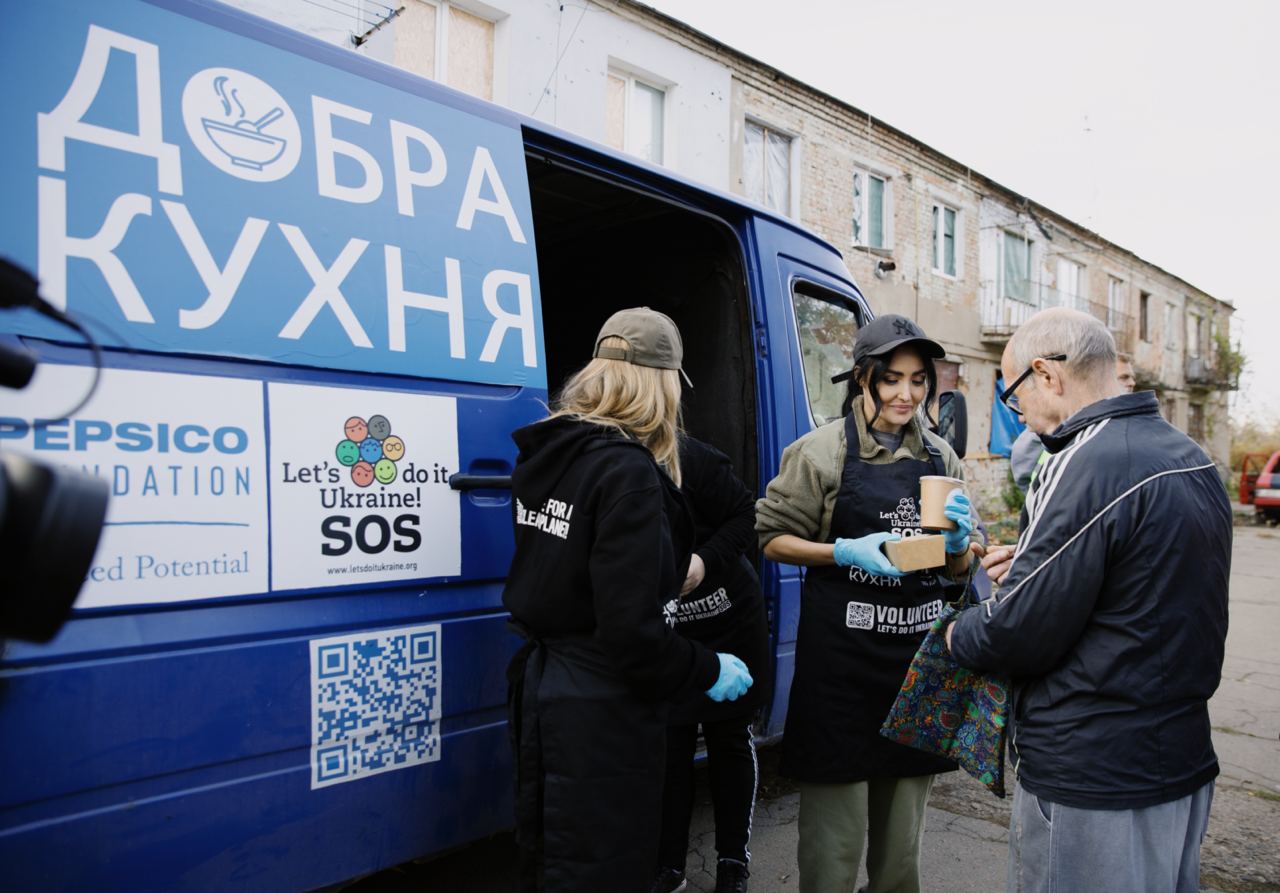
Amidst the full-scale war in Ukraine, extensive land and numerous homes were damaged, alongside the destruction of crucial infrastructure, leaving many without access to hot meals. Addressing this critical need, the international humanitarian initiative "Let's Do It Ukraine SOS," supported by the PepsiCo Foundation, has launched the "Good Kitchen" project. This endeavor aims to provide hot meals to civilians residing in frontline areas and war-affected settlements.
During a press tour, volunteers showcased the operations of the "Good Kitchen" project, distributing food in eco-friendly packaging. In 2023, as part of this initiative, 33,000 individuals from war-affected regions in Kharkiv, Mykolaiv, and Kherson received hot lunches, offering essential support amidst the full-scale conflict in Ukraine.
Rubryka reported that the total amount of damage to the Ukrainian environment due to the full-scale war has already reached $57 billion.

It's too early to forget: how did the Kakhovka disaster affect farmers in the south of Ukraine, and what solutions are already working?

Ukrainian government allocates over $190,000 to civilians to overcome Kakhovka dam explosion aftermath





